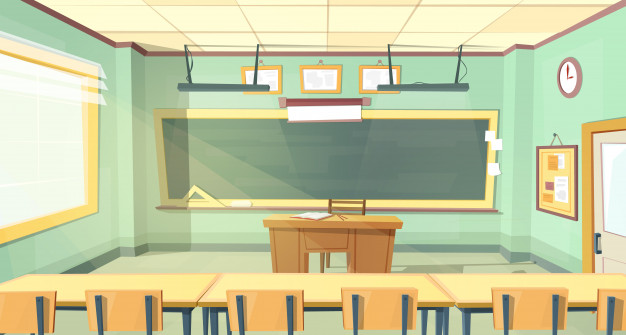In the past couple of years, blended learning has started to make a comeback. It has turned into the most sought-after strategy, especially in K-12 and technical training sessions.
Blended learning is an instructional strategy that blends the coaching/training strategies of online learning and classroom sessions. So, how do we identify/distinguish between topics/objectives that must be covered online or during face-to-face sessions? An extensive, learner-oriented approach will guide you to identify the right blend of learning, if not the perfect blend, to make the audience learn.
There are a few ways to implement a blended-learning approach:
- Collate the objectives to be covered on each of the sessions – no overlap is expected
- Cover all the objectives in both the modalities in order to reinforce learning. Especially, when the learning involves simulations, videos and other digital learning methods
Flipped classroom:
A flipped classroom is an instructional strategy and one of the many ways to implement a blended-learning approach. Although the name sounds fancy, it is an inverted model of the current K-12 learning approach.
Traditional pedagogy or the K-12 approach cannot be applied to teach adult audiences. But, in the age of micro-learning and video tutorials, it is quite necessary to make an impact on the learners within a short time. In a typical blended learning approach, the trainer gives an overview of the subject/objectives in the class and asks the learners to complete the learning online or read the additional materials as and when they need to.
This learning approach has turned out to be tricky in recent times, because the learning cannot be evaluated. A specific set of assessment questions that can be taken over and over and answering them correctly doesn’t necessarily track the learning outcome. It is also impossible to track the effectiveness of learning.
However, a flipped classroom session allows the learners to review the learning material available online before attending a classroom session. The learners later walk into the class with an overview or a considerable knowledge of what would be later taught in the classroom. In this regard, they will have time to process the information they have consumed and come to the class, either with a clarity that will allow them to share their knowledge/perspective with the entire class or with a lot of questions that they would ask the trainer.
Why should you consider a flipped classroom approach for your learning delivery needs?
The classroom session can be dedicated to conducting discussions, role-plays and interactive sessions that offer a better understanding of the subject matter. This is why the flipped classroom can be a better way to improve the student learning experience.
- Learners have sufficient time to browse through the material available online, at their own pace, before attending the classroom session.
- Learners can apply the knowledge they had acquired, on their work, and then share their experience in the class to get them validated by the trainer.
- Classroom sessions can be an easy way to check and keep track of the audience’s learning progress and determine whether they have really understood the material.
